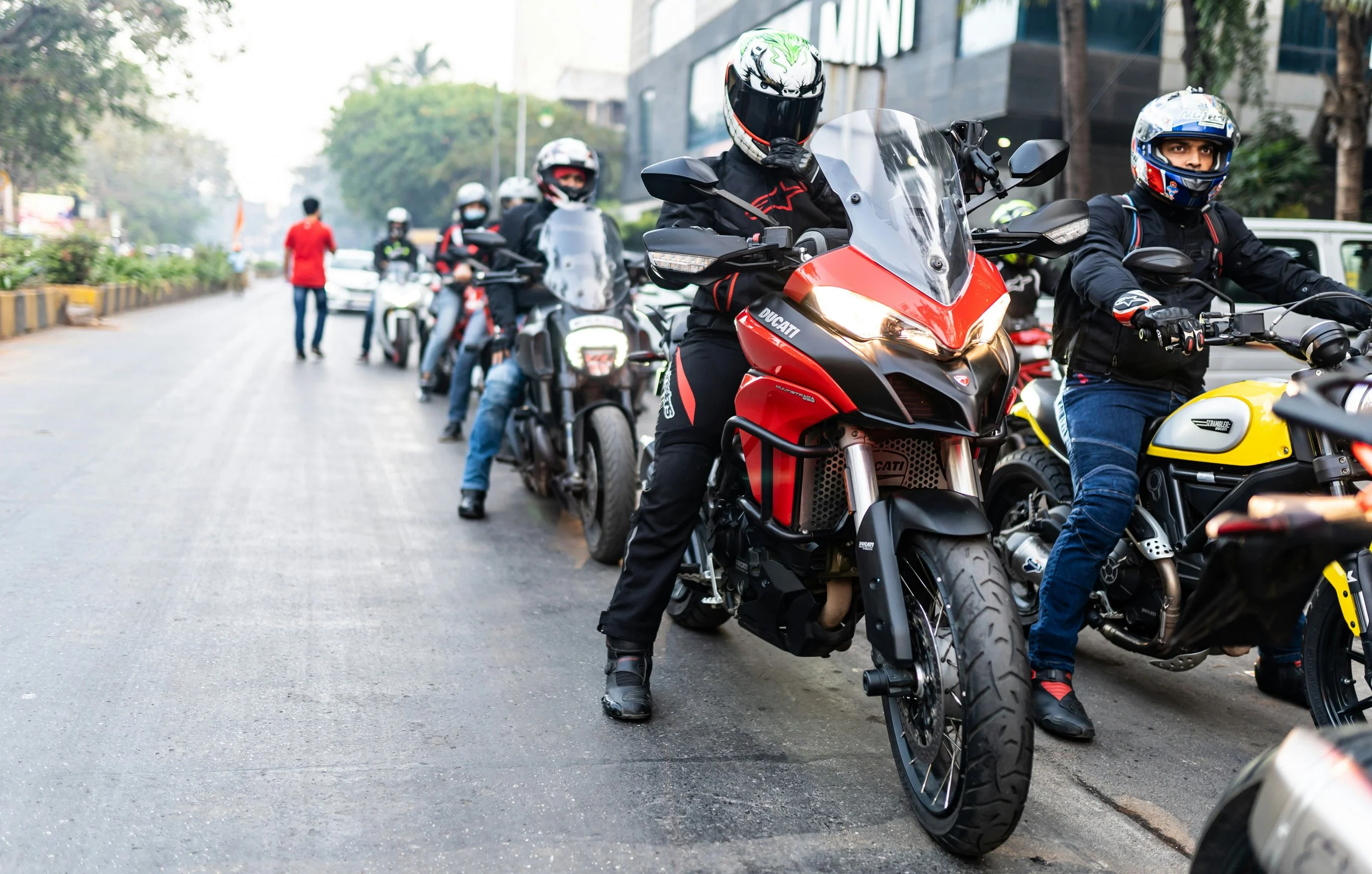Why Ride a Motorcycle?
People say motorcycles are too dangerous — but isn’t living cautiously just another way to waste time?
Calculated Risk Leads to Freedom
As human beings, we assess risk every day — crossing the street, boarding a plane, choosing a career, even what to eat. Riding a motorcycle is no different. You're sharing the road with distracted drivers (especially those Nissan Altimas), changing weather conditions, and yes, the possibility of real danger.
But it’s not about eliminating risk, but managing it. Through proper training, the right gear, and a responsible mindset, riding can be made as safe as possible while still offering something a car never will: immersing your senses with the outdoors.
When you're finished here, check out my post where I break down common motorcycle risks and how I plan to handle them as a new rider.
Travel Skill
I want to see the world — maybe you do too. Not from high-rise hotels and ride share services, but from local streets and two wheels. From the seat of a motorcycle, the world feels accessible in a way few other vehicles allow.
In many countries, motorcycles and scooters are the most practical way to get around. If you can ride, you can move — whether you're exploring rice fields in Vietnam, mountain passes in Central and South America, or canyon roads in the U.S.
In countries in the Asian-Pacific, nearly 8 in 10 households own a motorcycle or scooter as their primary transportation. It offers people a low cost, flexible, and easy to maintain form of transportation. Especially in crowded cities.
Learning to ride is a passport stamp for your skillset.
Sharpens the Mind and Body
Riding isn't passive. You can’t set it on auto-pilot or adaptive cruise control. It requires both hands, and your full attention.
It sharpens your focus — scanning intersections, reading traffic patterns and speeds, and controlling your hands, feet, and body positioning at the same time. It demands physical coordination, balance, and muscle memory. It exercises cognitive function and strengthens skills such as spatial awareness, hazard detection, and memory.
And over time, it rewires the way you interact with your environment. You become more alert, more responsive, more engaged with your surroundings.
Therapy You Can’t Get on a Couch
They don’t call it Throttle Therapy for nothing.
When you ride, it forces you to be present. There's no room for checking your phone, obsessing over emails, or rehashing last week’s problems. Your brain is fixated on the road: the change in surfaces, the sound of the engine, the pressure of the wind on the body.
Even on the hard days, riding offers a kind of clarity that’s hard to describe — but every rider feels it. It quiets the noise.
Studies have shown that going for a ride on a motorcycle can reduce stress, increase alertness, and give mental clarity comparable to meditation. Additionally, the levels at which the rider's stress was reduced, was not seen when simply going for a drive inside a car or truck.
Community Without Pretense
The motorcycle community is one of the most welcoming subcultures out there. It doesn’t matter if you ride a cruiser, sportbike, ADV, or café racer — if you ride, you belong.
Strangers wave on the road. Riders help each other when broken down. You can strike up a conversation at a gas station, a rest stop, or a bike night with nothing in common but two wheels — and that’s enough.
Riding connects people across backgrounds, countries, and generations. You’re never really alone when you’re part of the moto world.
Final Thoughts
Riding a motorcycle shouldn’t be pinned as a dangerous activity. Not when it provides significant physical, mental, and emotional benefits to the rider. Hopping onto that seat could lead you into a new life filled with excitement, connection, and peace – what’s wrong with that?


